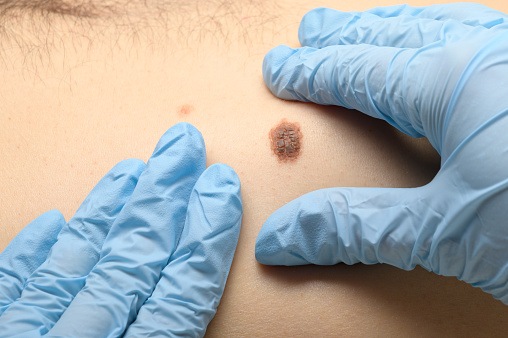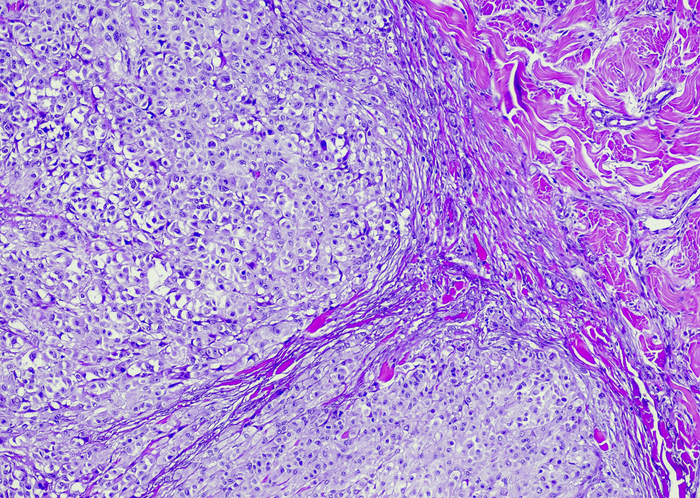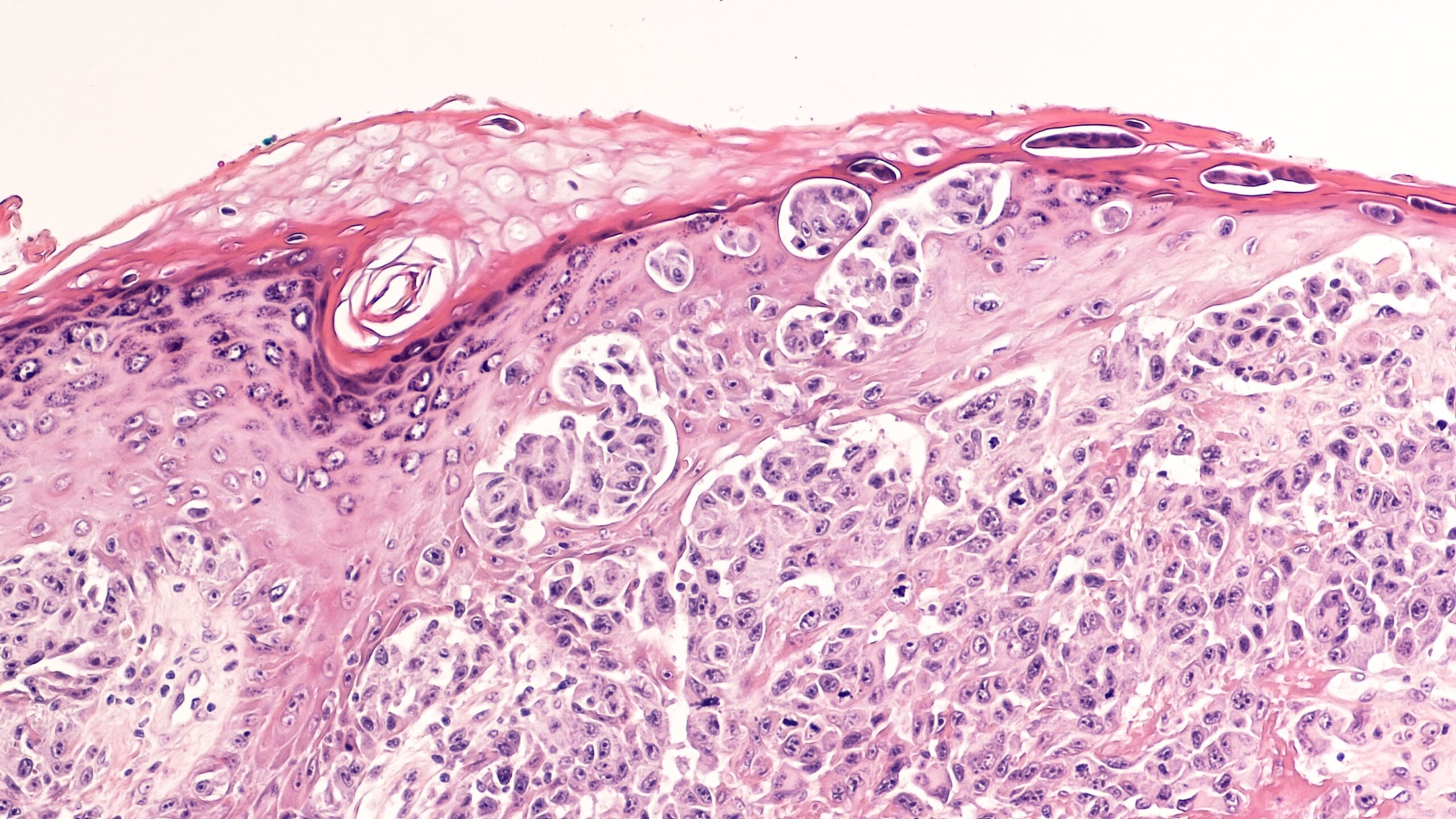
Patients at high risk of melanoma who undergo routine skin cancer screening and education are more likely to be diagnosed with earlier stage melanomas, according to a study published in Cancer Epidemiology, Biomarkers & Prevention
To conduct this study, researchers evaluated data from the NCI Familial Melanoma Study. Subsequently, they assessed the success of the study by compared differences in melanoma thickness and tumor stage between participants diagnosed with melanoma before and following enrollment.
They observed a total of 293 melanoma cases in the NCI Familial Melanoma Study, with 246 cases in the pre-study cohort, and 47 cases in the prospective cohort. Participants enrolled in the study from 1976 through 2014. There was a total of 79,530 cases analyzed in the SEER registries between 1973 to 2016. Because all of the participants in the NCI Familial Melanoma Study were white, analyses of SEER data were also restricted to white patients. Information on melanoma thickness was missing for 24 percent of melanoma cases in the NCI Familial Melanoma Study and 8.7 percent of melanoma cases found in the SEER registry; the researchers imputed the missing data.
After evaluating melanoma thickness and tumor stage at diagnosis by comparing these features between the prospective and pre-study cohorts, and after adjusting for gender and age, the researchers found that cases in the prospective cohort had significantly thinner melanomas compared with cases in the pre-study cohort.
After the researchers compared tumor thickness among members of melanoma-prone families with the expected tumor thickness based on the U.S. general population with respect to age, calendar period, and gender, they found that the melanomas diagnosed after enrollment in the NCI Familial Melanoma study were thinner than the predictions based on the U.S. general population.
Whole-body screening and ed. in #melanoma-prone families may improve early detection rates https://t.co/oq389dKiH4
— Medical Xpress (@physorg_health) April 2, 2021
“This suggests that the downward trend in melanoma thickness observed in the general population does not fully explain the reductions in thickness seen in melanoma-prone families, and that long-term surveillance may assist in the earlier diagnosis of melanoma in high-risk populations,” said lead author Michael Sargen, MD, a dermatologist and clinical fellow in the Division of Cancer Epidemiology and Genetics at the National Cancer Institute (NCI), part of the National Institutes of Health (NIH) via a press release.
“Our results suggest that the screening and education provided in the NCI Familial Melanoma Study may improve early detection of melanoma in melanoma-prone families.”
Whole-body screening and ed. in melanoma-prone families may improve early detection rates https://t.co/zL4ZWn7sTf
— ihyperu (@ihyperu) April 2, 2021
News: Whole-body screening and ed. in melanoma-prone families may improve early detection rates – https://t.co/wfzOfNXlTv
— 7thSpace Interactive (@7thSpaceCom) April 2, 2021







 © 2025 Mashup Media, LLC, a Formedics Property. All Rights Reserved.
© 2025 Mashup Media, LLC, a Formedics Property. All Rights Reserved.